Southwest Michigan field crops update – July 25, 2024
A week of dry weather led to wheat harvest, straw and hay baling and movement by gravity and evaporation of standing water pooled in fields. Late blight was found in potatoes in southeastern St. Joseph County.

Weather
This past week saw mainly dry, clear days with warm but not hot temperatures. It was a welcome relief after significant rainfall the two previous weeks. Temperatures and humidity are expected to increase over the next week. The next chance for precipitation is early next week with some scattered showers and the possibility of about 0.5 inches on Monday. Smoke from the wildfires in Canada may affect Michigan crops; however, since Michigan is on the fringe of the area affected by it, no major adverse crop effects are expected.
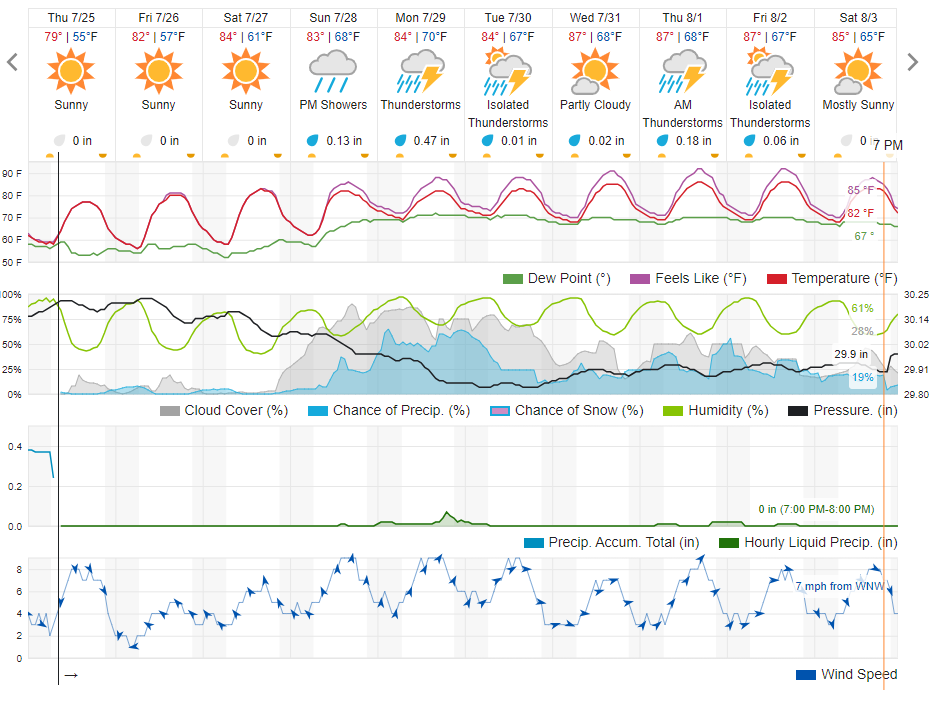
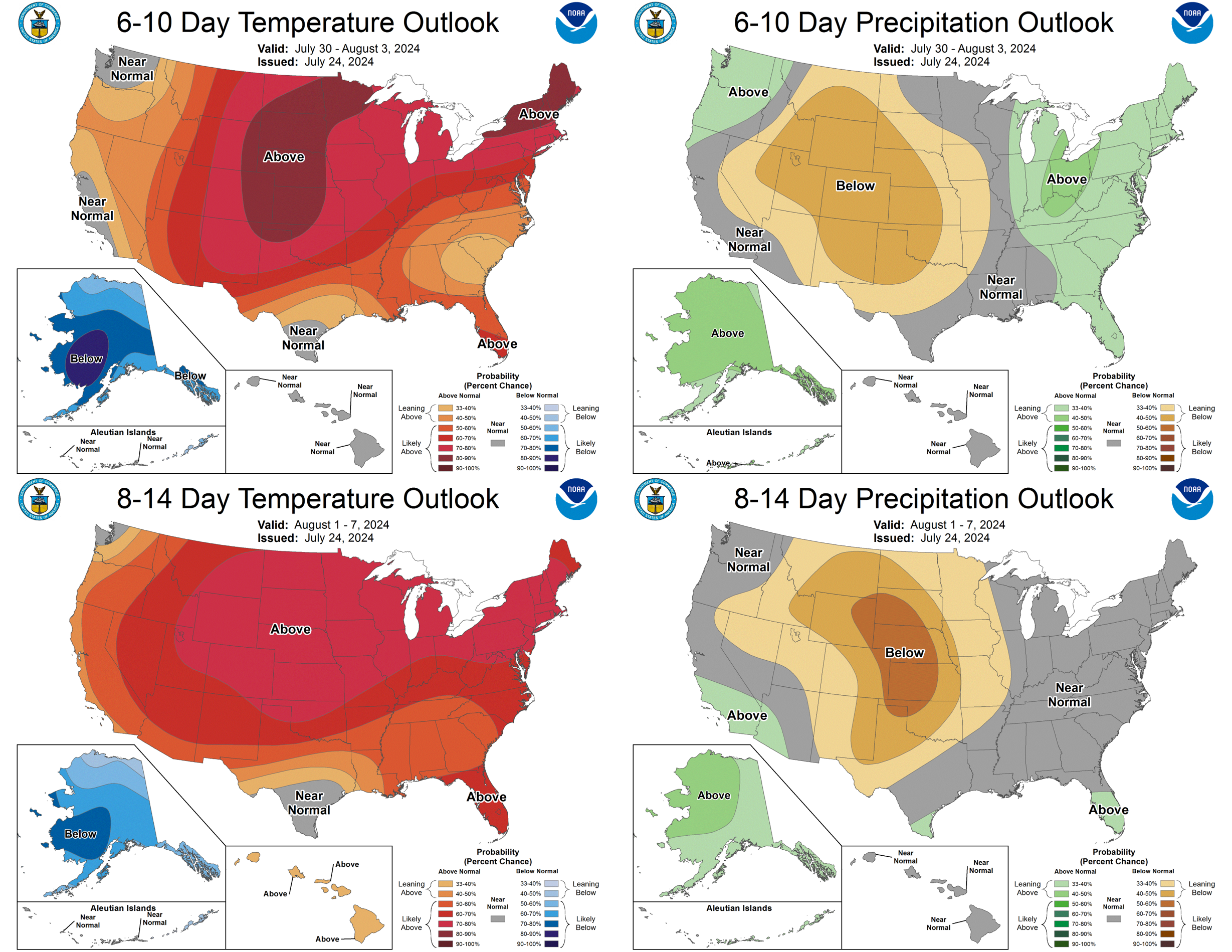
Crops and pests
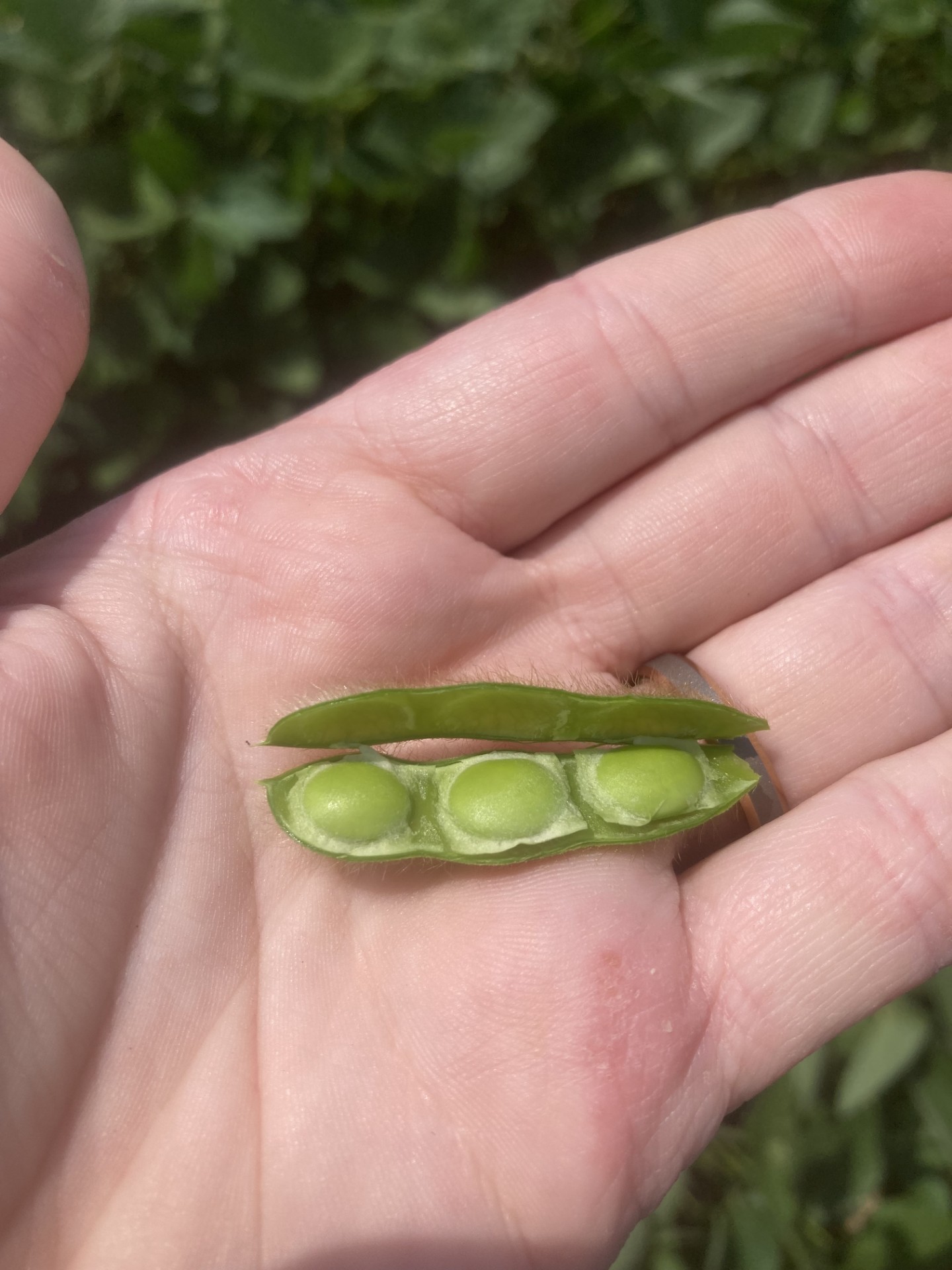
By now, most soybeans have started to put on pods, and many plants are entering R4 (where at least one of the pods in the top four nodes is 0.75 inches long) and R5 (one of the seeds in one of the pods in the top four nodes is 1/8 inches long). Many soybeans are stunted and yellow from standing in pooled water caused by the heavy rains earlier this month. This free water provides favorable conditions for Phytophthora stem and root rot infection. According to the Michigan State University Extension article, “Soybean Phytophthora stem and root rot resistance genes have become less effective,” “The disease can present a range of symptoms from stunting and wilting to the diagnostic chocolate brown stem lesion starting at the soil line and continuing up the stem of the plant at any growth stage… This brown stem lesion will eventually lead to the death of the plant in susceptible varieties.”
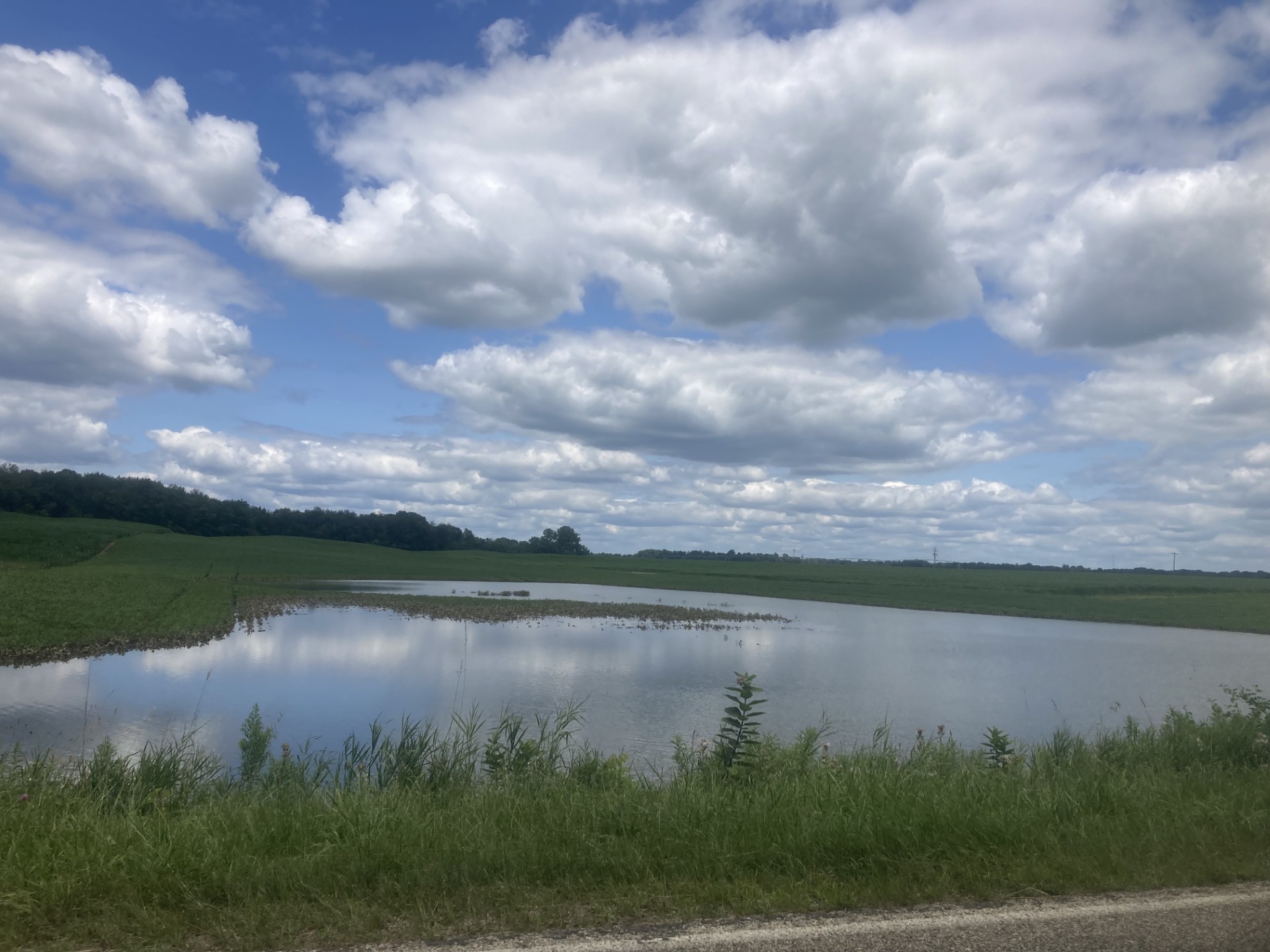
Fungicide applications for white mold are most effective from R1 and R3. Fungicides applied later than R3 have greatly reduced efficacy. If soybeans are between R1 and R3, deciding whether to apply a fungicide or not should be based on several considerations, including the white mold history of the field, variety susceptibility and weather conditions. The Sporecaster app integrates information to provide a risk rating for the presence of white mold. It shows high risk in nearly all southwestern counties for July 25, 2024.
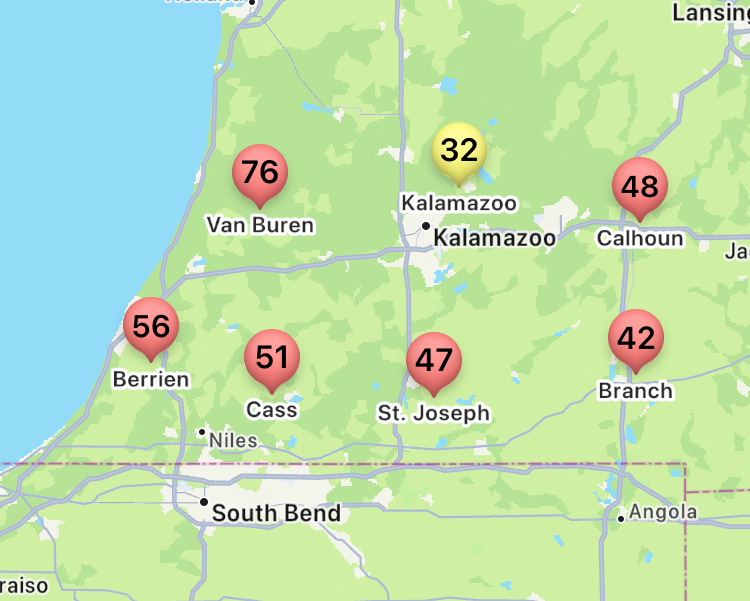
Although some fields still have not tasseled yet, most corn has entered the ear development reproductive stages. R1 is when silks are outside of the husk, and R2 is when the kernels are filled with clear liquid. At R3, kernels are filled with a milky liquid. Corn enters R4 when the kernels have a doughy consistency.
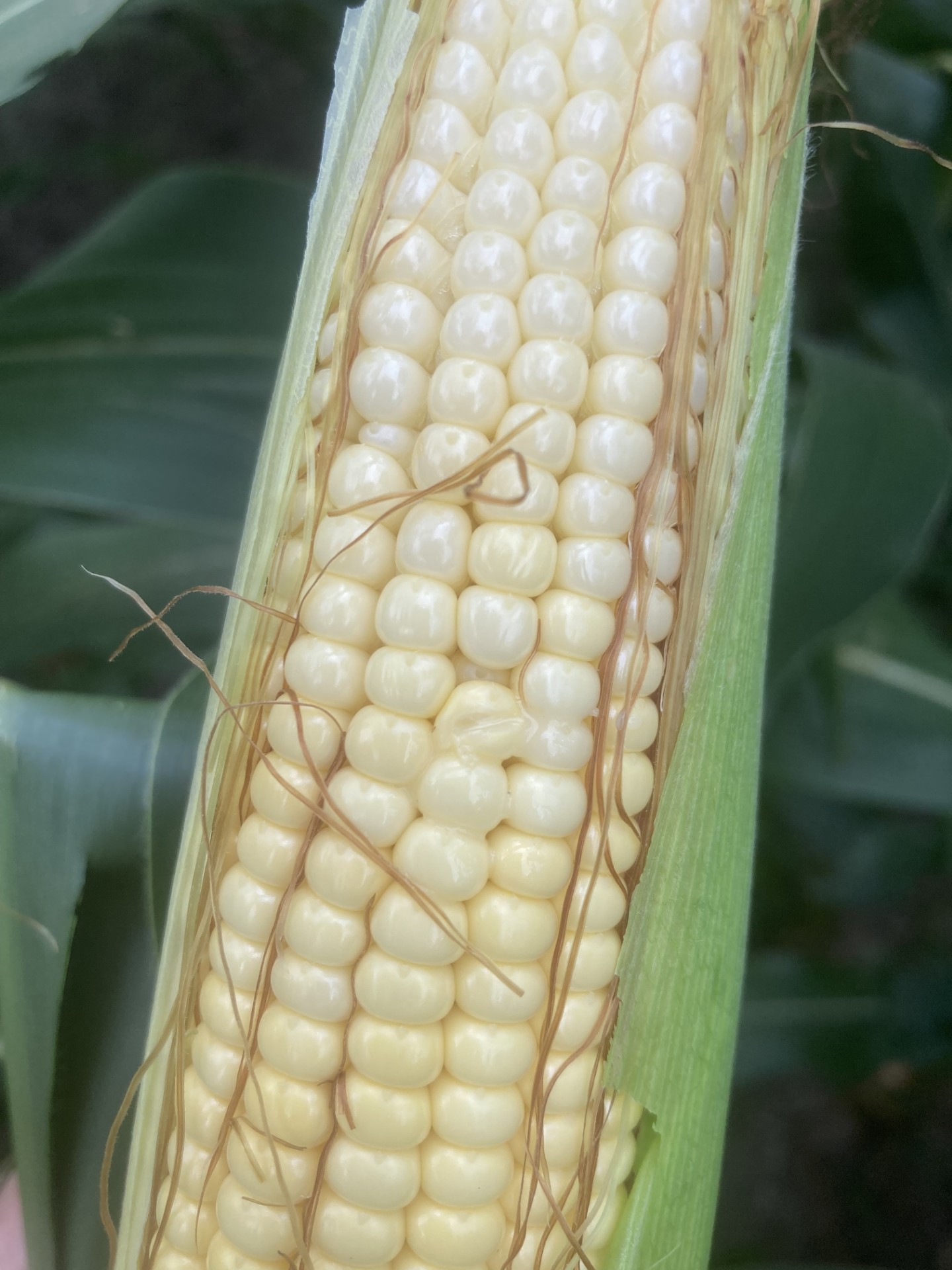
Tar spot has been confirmed in several Michigan counties. Continue to scout fields by focusing on areas that hold moisture and watching for small black raised lesions. Rust is also out in the canopy in some fields, but it is rarely an economic threat in corn. The Tarspotter app shows mostly medium risk for July 25, 2024.
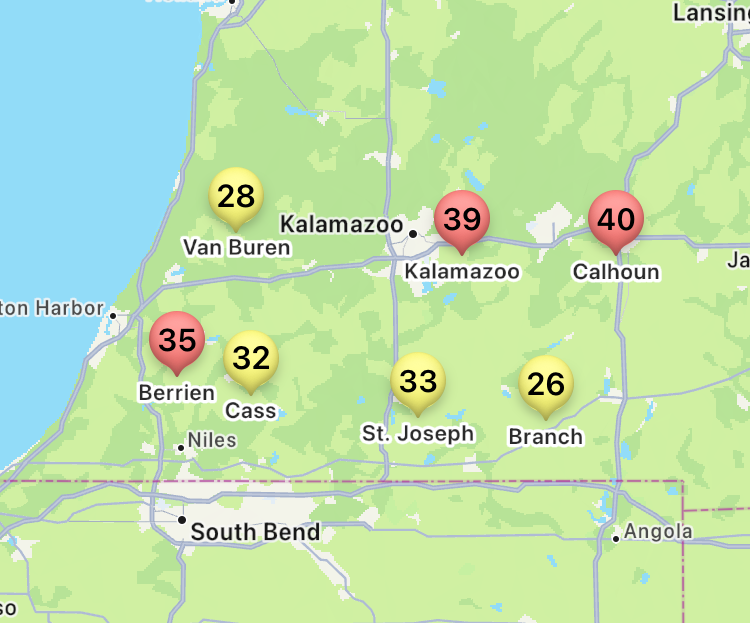
Corn leaf aphids had a large flight recently and may be present in fields. Infestations are hybrid-specific and are unlikely to cause significant damage. No action is recommended if infestation occurs after pollen shed.
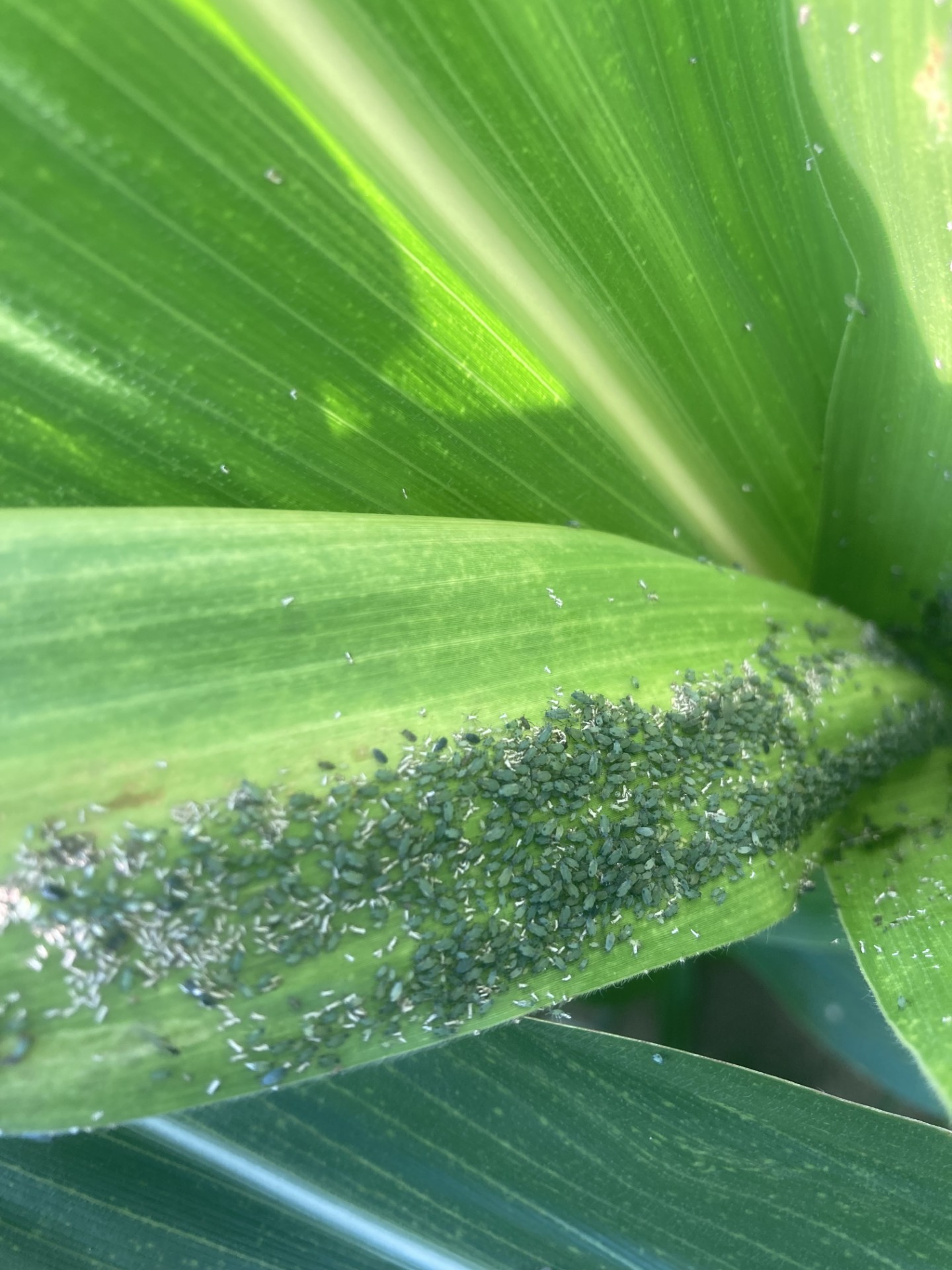
Western bean cutworm moth counts are down significantly from last week, but it is important to scout for egg masses and larvae, especially if your fields were pretassel or freshly tasseled at a time coinciding with high moth counts. Michigan State University (MSU) Extension specialist and entomologist Chris DiFonzo recommends prioritizing egg mass scouting on first, all pretassel fields unless containing the VIP protein, second, freshly tasseled corn (VT/R1), and last, whorl stage corn and R2 and later corn and Viptera hybrids. Western bean cutworm has a cumulative threshold of 5%, meaning that percentages add up across weeks of scouting.
DiFonzo wrote, “Put the sun behind the row and walk at a steady pace, scanning upper leaves for the shadows that egg masses cast through… Heavily infested fields (more than 10% of the plants with an egg mass) are usually obvious without tedious counting… If you haven’t found any egg masses after walking a fair distance (checking several hundred plants), the field probably has a low infestation. Scan several parts of the field to be sure and check the field again in a week if it’s still attractive. The trickier situation is finding a couple egg masses. Then you need to move more slowly, count out plants individually or by length of row, and carefully examine them for egg masses. Even a 1-2% can be important when combined with low [percent] infestation from the next week.”
Bucket traps in Branch (near Union City), Berrien (near Eau Claire), Cass (near Cassopolis) and St. Joseph (Centreville and Sturgis) counties have caught the following:
|
Date |
Berrien |
Cassopolis |
Centreville 1 |
Centreville 2 |
Sturgis |
Union City 1 |
Union City 2 |
|---|---|---|---|---|---|---|---|
|
6/24 |
2 |
0 |
6 |
9 |
0 |
5 |
3 |
|
7/1 |
1 |
81 |
29 |
46 |
29 |
61 |
4 |
|
7/8 |
4 |
123 |
40 |
34 |
22 |
90 |
31 |
|
7/15 |
10 |
57 |
24 |
11 |
16 |
79 |
37 |
|
7/22 |
2 |
8 |
10 |
4 |
4 |
9 |
4 |
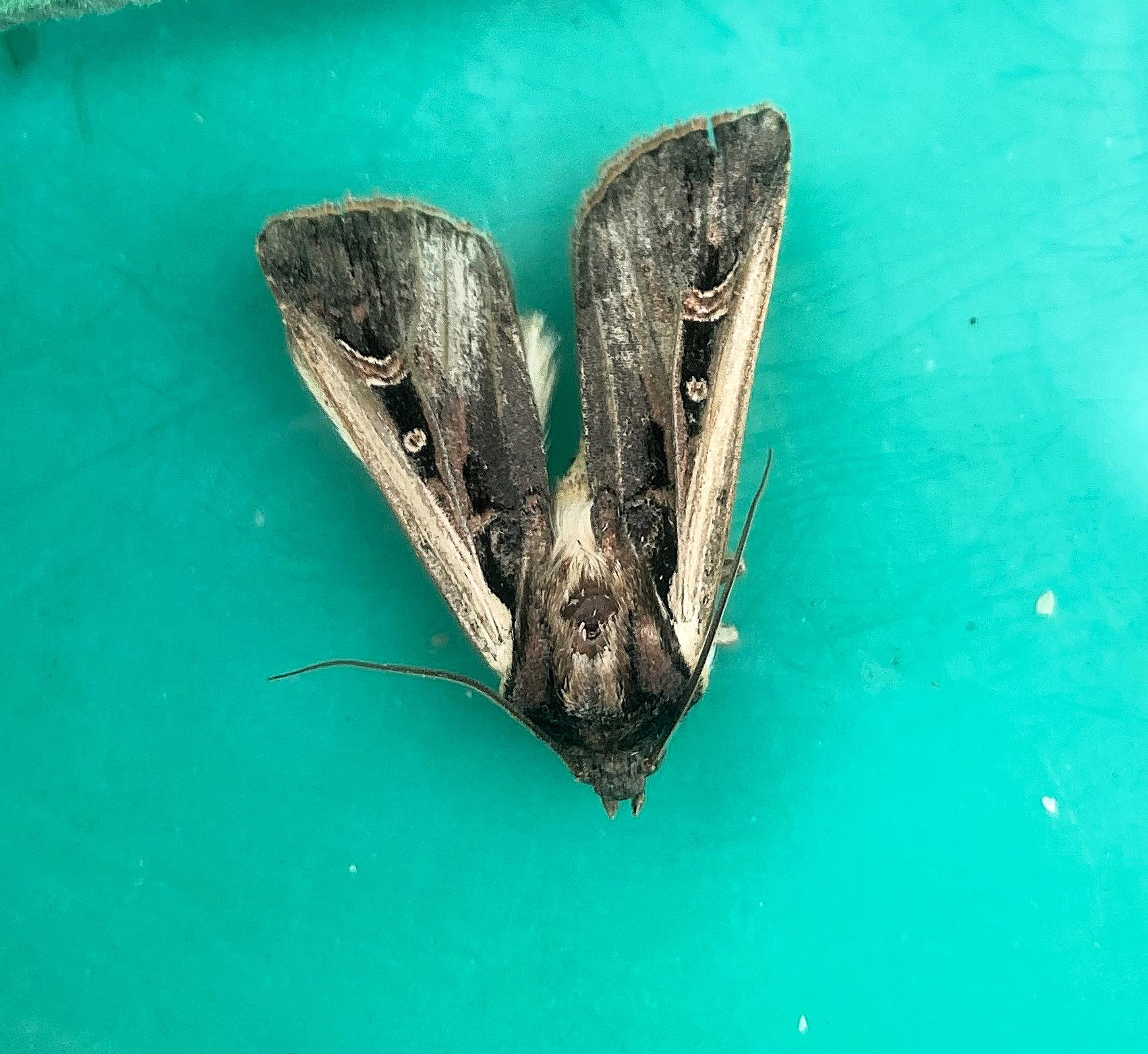
Winter wheat harvest is just about wrapped up. Due to the heavy precipitation following maturity, wheat left in the field quickly declined in quality in many cases.
Late blight was found in St. Joseph County this week. It developed in an overly irrigated spot that did not receive adequate fungicide coverage. Growers should continue to apply preventative fungicides and scout fields for late blight. Potato harvest began on fresh crop chipping potatoes this week. This is about a week earlier than normal. Potatoes intended for storage continue to bulk as the vines senesce. The drier weather and a little bit of a breeze helped dry out soils and canopy, slowing down vine rot and allowing tubers to breathe. Aphids and Colorado potato beetles continue to be present in fields.

Alfalfa and forage cutting, tedding, and baling occurred this past week, again thanks to the dry weather.
Weekly water use
|
Estimated weekly crop water use for field crops in Michigan (in/week). |
||||
|---|---|---|---|---|
|
Crop |
Growth stage |
Constantine |
Entrican |
Hart |
|
Corn |
V12 |
1.22 |
1.24 |
1.25 |
|
VT |
1.34 |
1.36 |
1.38 |
|
|
Silk, Blister, Dough, Begin Dent |
1.34 |
1.36 |
1.38 |
|
|
Full dent |
1.22 |
1.24 |
1.25 |
|
|
Soybeans |
R1 Beginning bloom |
1.22 |
1.24 |
1.25 |
|
R2 Full bloom |
1.34 |
1.36 |
1.38 |
|
|
R3 and R4 Beginning Pod/Full Pod |
1.34 |
1.36 |
1.38 |
|
|
R5 Begin seed/Full seed |
1.34 |
1.36 |
1.38 |
|
Corn remains at its peak water use during the early reproductive stages as the ears are developing. Also, water stress should be avoided during silking, to prevent significant yield reduction. For soybeans, water stress should be avoided during the R3-R4 stage of pod development and elongation, as it can result in lower yields. This week, both soybeans and corn are at their maximum crop water use, with about 0.2 inches per day of potential crop evapotranspiration. It is recommended not to deplete more than 50% of soil water. Soil moisture content can be determined by using Irrigation Scheduling Tools. However, when scheduling your irrigation, always check the rainfall forecast and leave room for rainfall to prevent runoff and deep percolation.
The table above presents estimated crop water use for various field crops across three locations in Michigan. This data helps irrigation management decisions by showcasing potential crop evapotranspiration, calculated based on reference evapotranspiration and crop coefficients for each crop growth stage. It is crucial to note that crop water use values vary across regions due to differences in weather conditions, growth stages, agronomic practices and soil properties.
When using these values for irrigation scheduling, be mindful that they assume all applied irrigation water will be utilized by the plants without any loss. Additionally, these values do not account for any precipitation that may occur during the week of calculation. For more tools and information on irrigation scheduling tools, please refer to: Irrigation Scheduling Tools.
Reference evapotranspiration data was obtained from Enviroweather, which also offers a model for determining potential crop evapotranspiration. To access this tool, visit Enviroweather, click on "Crops," select your crop and use the potential evapotranspiration tool by choosing your nearest weather station, the latest date of interest and other crop information.
Field Crops Virtual Breakfast Series
.jpg?language_id=1)
This week’s MSU Extension Field Crops Virtual Breakfast focused on hot topics. It was an opportunity for growers to ask a wide variety of MSU Extension specialists about problems in the field or challenges throughout the season. Questions came in regarding tar spot, western bean cutworm, soybean re-planting, weather events, weeds in soybeans and more. Recordings of this and all the Virtual Breakfast meetings are closed-captioned and available at the Field Crops Virtual Breakfast webpage and the MSU Extension Field Crops Team social media platforms: Facebook, Spotify, YouTube, Apple Podcasts, and Twitter @MSUExtension.



 Print
Print Email
Email